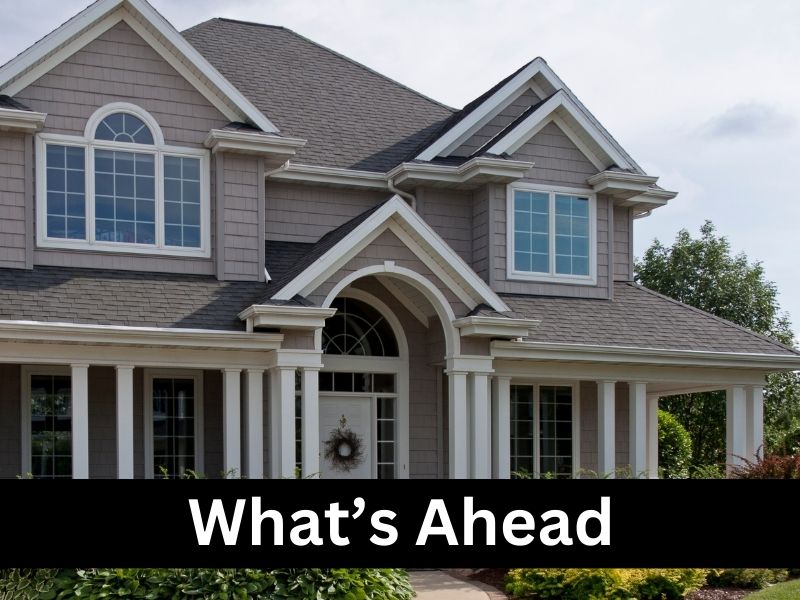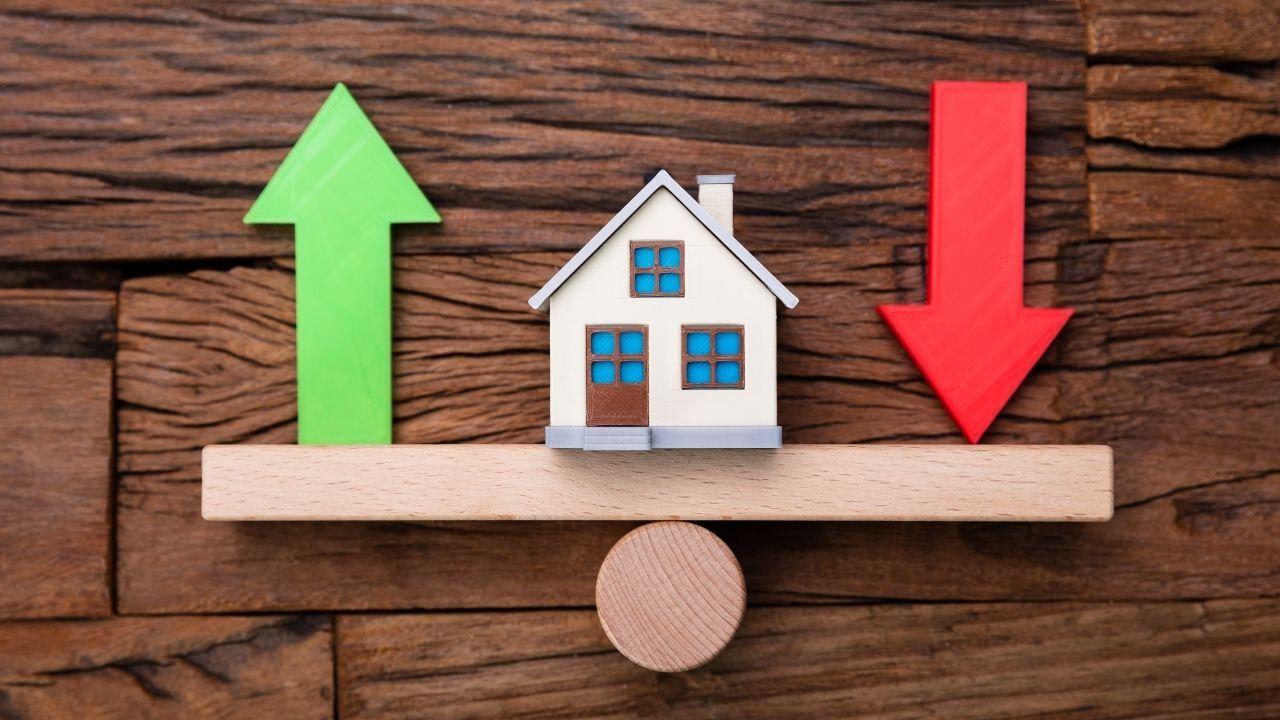 Mixed use properties are becoming an attractive option for buyers who want to combine residential, commercial, and investment opportunities all in one place. These properties can provide unique benefits, such as generating rental income while also serving as a primary residence. However, financing a mixed-use property requires a different approach than financing a traditional single-family home, and understanding the process is key to making the right decision.
Mixed use properties are becoming an attractive option for buyers who want to combine residential, commercial, and investment opportunities all in one place. These properties can provide unique benefits, such as generating rental income while also serving as a primary residence. However, financing a mixed-use property requires a different approach than financing a traditional single-family home, and understanding the process is key to making the right decision.
Understanding Mixed Use Properties
A mixed use property is one that blends both residential and commercial space within the same building. For example, you might live on the upper floor while renting out a storefront or office on the ground level. This type of property can offer convenience, additional income, and potential long term value growth.
Financing Options Available
Financing a mixed-use property is often more complex than obtaining a traditional mortgage. Lenders evaluate these properties differently, taking into account both the residential and commercial aspects. Some lenders may offer conventional financing if the majority of the property is residential, while others may require commercial loans if the commercial space is larger. Loan terms, interest rates, and down payment requirements can vary, making it important to shop around for the right lender.
Benefits of Mixed Use Investments
One of the biggest advantages of owning a mixed-use property is the opportunity to generate rental income while also reducing personal living expenses. Owners can live in one portion of the property and rent out the rest, creating a steady revenue stream that can help cover mortgage payments and other expenses. Additionally, mixed use properties are often located in high demand areas, which can lead to long term appreciation and increased property value.
Challenges to Consider
Despite the advantages, there are challenges that come with mixed use properties. Financing may require larger down payments or higher interest rates. Managing both residential and commercial tenants can be more demanding, and zoning regulations or property restrictions may apply. It is important to carefully evaluate whether the potential income and lifestyle benefits outweigh the additional responsibilities and risks.
Mixed use properties offer a unique blend of lifestyle and investment potential. By understanding how financing works, weighing both the benefits and challenges, and working with experienced professionals, you can decide if this type of property fits your financial goals and long-term plans.

 Buying a home is one of the biggest financial decisions most people will ever make, and the mortgage process can feel overwhelming. With so much information available, it is easy for myths to spread, and many homebuyers still believe ideas that are simply not true. Clearing up these misconceptions can make the path to homeownership less stressful and much more successful.
Buying a home is one of the biggest financial decisions most people will ever make, and the mortgage process can feel overwhelming. With so much information available, it is easy for myths to spread, and many homebuyers still believe ideas that are simply not true. Clearing up these misconceptions can make the path to homeownership less stressful and much more successful.
 Inflation is a topic that impacts nearly every part of the economy, from the cost of groceries to long term financial planning. For homeowners and those considering a mortgage, inflation can feel intimidating. However, with the right perspective and strategies, borrowers can use inflation to their advantage and create lasting financial benefits.
Inflation is a topic that impacts nearly every part of the economy, from the cost of groceries to long term financial planning. For homeowners and those considering a mortgage, inflation can feel intimidating. However, with the right perspective and strategies, borrowers can use inflation to their advantage and create lasting financial benefits. Becoming a parent is one of life’s most exciting milestones. Along with the joy and responsibility of raising children, many families find that their housing needs and mortgage priorities change dramatically once little ones arrive. What may have worked for a single person or a couple often needs to be reevaluated when planning for the comfort, safety, and growth of a family.
Becoming a parent is one of life’s most exciting milestones. Along with the joy and responsibility of raising children, many families find that their housing needs and mortgage priorities change dramatically once little ones arrive. What may have worked for a single person or a couple often needs to be reevaluated when planning for the comfort, safety, and growth of a family.
 When interest rates climb, homeowners and buyers alike often feel pressure on their monthly budgets. Fortunately, there are strategies that can help you save money and manage your mortgage more effectively even in a rising rate environment. By making thoughtful adjustments and using available tools, you can still work toward long term financial security.
When interest rates climb, homeowners and buyers alike often feel pressure on their monthly budgets. Fortunately, there are strategies that can help you save money and manage your mortgage more effectively even in a rising rate environment. By making thoughtful adjustments and using available tools, you can still work toward long term financial security. Buying a home can be exciting, but it can also feel overwhelming. Understanding the mortgage underwriting process can make things a lot smoother!
Buying a home can be exciting, but it can also feel overwhelming. Understanding the mortgage underwriting process can make things a lot smoother!  Buying a home is exciting, but the thought of monthly mortgage payments can feel overwhelming, especially for first-time buyers. One strategy to ease the financial burden is a temporary rate reduction. This type of mortgage allows borrowers to pay a lower interest rate for the first two years of the loan before it returns to the original fixed rate.
Buying a home is exciting, but the thought of monthly mortgage payments can feel overwhelming, especially for first-time buyers. One strategy to ease the financial burden is a temporary rate reduction. This type of mortgage allows borrowers to pay a lower interest rate for the first two years of the loan before it returns to the original fixed rate.